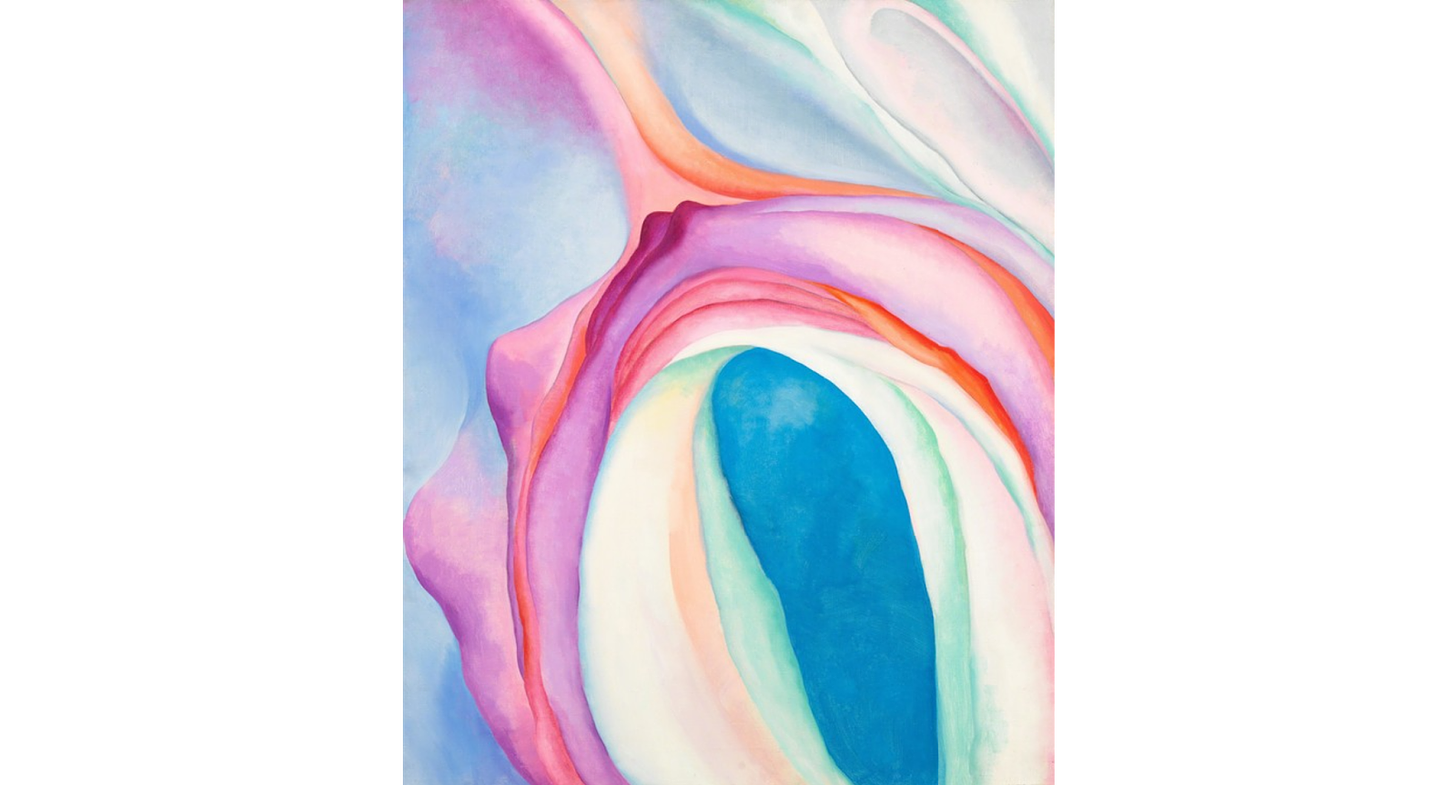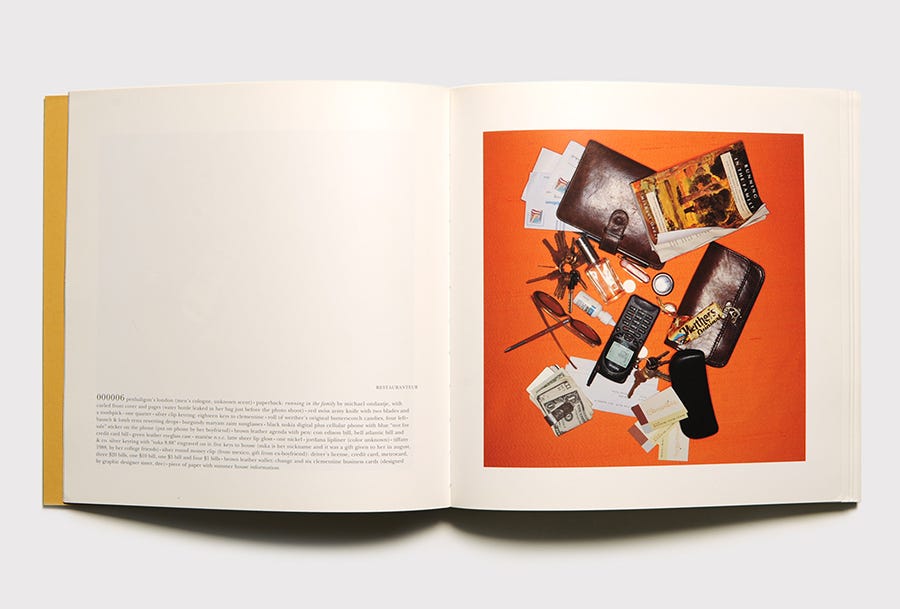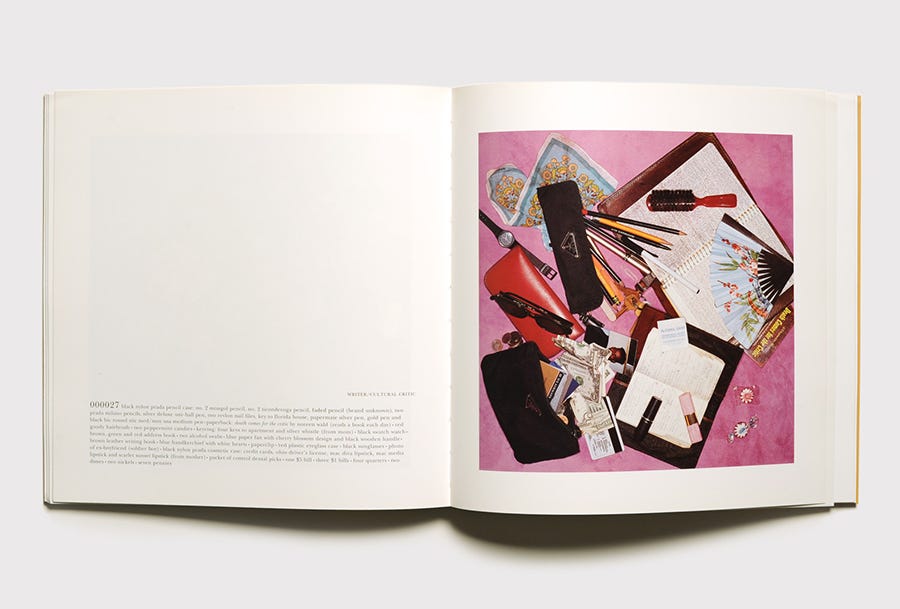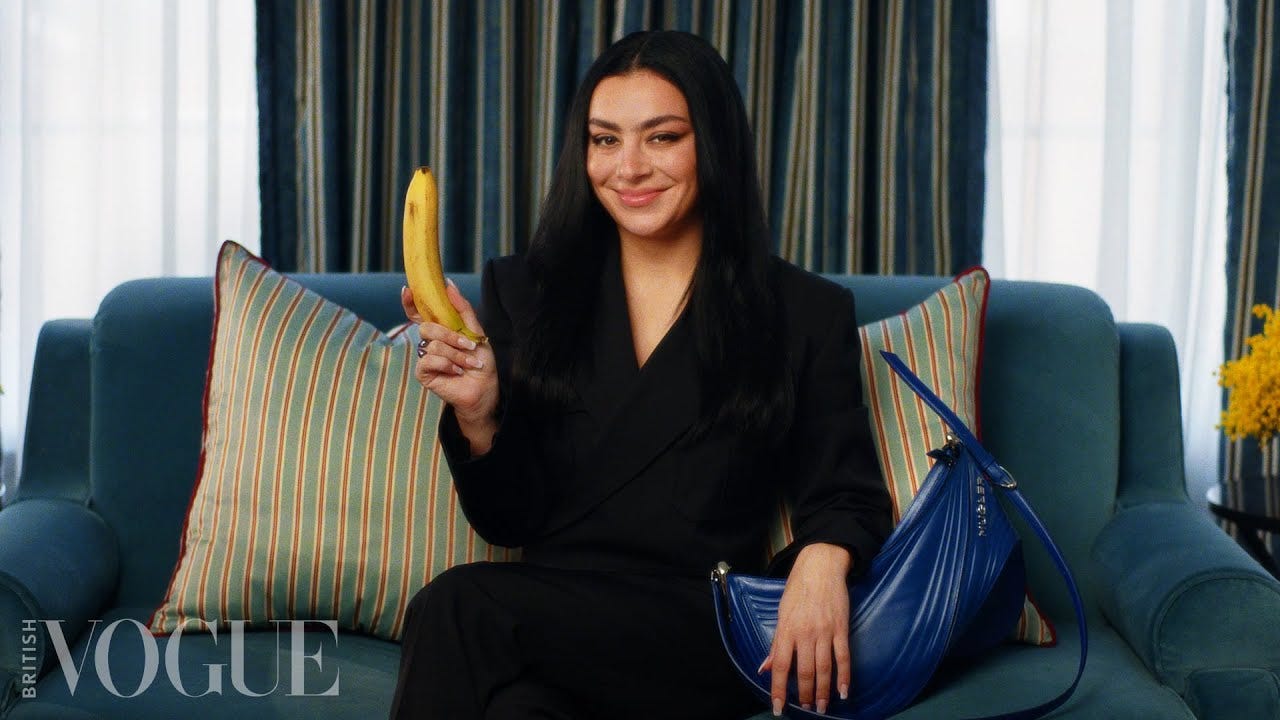Possessions as Persona: How Gifts Guide Our Identity
on gift guides, 'what’s in my bag' and buying things
I reviewed the story collection Rejection, by Tony Tulathimutte, for the latest issue of The Whitney Review of New Writing. The Whitney Review of New Writing is a biannual newsprint journal that represents a generational shift in literary criticism. You can purchase the latest issue on newsstands and online here.
On days like today, a woman sells body parts at the farmers’ market. Mutilated parts of women. Yes, those parts. One of nearly every colour, bizarre colours like blue, magenta, and green. I thought it was a prank or something when I saw her sign that read “PUSSY” in blue lettering on a white 8 ½ by 11. But then I noticed the mob of people, happy customers, shuffling towards the woman with wallets in hand, picking up and eyeing the parts: plastic vaginas.
The merchant smiles widely. She is a Black woman and her customers, predominately white women, one by one tap their phones on a porcelain square and retreat with a brown bag of body parts. They are also smiling. They feel good about their purchase. As if purchasing this kind of item from this kind of woman says something about them. And I’m sure it does.
I inch closer to the woman’s stand and glance at her table. (Not a lingering glance as that would be creepy but more of a curious peep). Ahh, the plastic vaginas are ashtrays. Coasters, even. Petaled lips for you to rest a cup on or kill a joint with. Of course, I don’t dare to purchase the plastic parts. Or even touch them, as what would that say about me? Something different than what it says of the women shoppers, I am sure. I scuttle past and leave the rest to the woman selling the body parts. The plastic O’Keeffe’s. Her smile mirrors that of her customers and I wonder if they are smiling at the same thing.
For those fortunate, consumption isn’t always about practicality; it’s about symbolism. Brands used to signal particular things about the consumer but now the act of buying something over another, the item devoid of its label, is a legible smoke signal for characterization.
As this month closes and we trudge to the next, we will see a surplus of gift guides from our favorite personalities and publications that contain hyperspecific items. Some have already started. Gift guides used to be focused on finding deals and seasonal items, issued by retailers. But now, as with most things on the internet, they are tools for personal branding.
The modern gift guide is unique, as the author is both merchant and consumer, seller and buyer. You assume that they have tried the products they are recommending and like them enough to share with you. By attaching their name to the guide, they are endorsing the product's values and prior associations. By sharing their recommendations, they are eroding secrecy and letting you in because, well, ‘hot girls don’t gatekeep.’ Much like the buyer of the plastic lady parts, the author of the gift guide’s consumption preferences signals something about their taste, their politics, and their interests. If you buy it, perhaps you can be closer to that too. The gift guide is a guide to their identity, and with your credit card, you can try it on. Or begin to understand it, at least.
I, for one, love this. I’m nosey and have always believed that you can learn a lot about someone by how they spend their money. There is nothing more revealing than looking at someone’s bank statements. It’s so exacting that I don’t even like looking at my own1. Related, the gift guide is a manicured representation of someone’s identity. It almost matters less to me if they’ve even spent the money on the items they are recommending. Sometimes wanting someone to believe that you’ve purchased something is more telling than what you’ve actually bought. Similar to an Instagram page in how it represents the ‘best of’ someone’s identity, polished or fabricated, but at the intersection of culture and commerce.
Kate Spade’s coffee table book, Contents, offers the same conclusion. Two decades before the viral TikTok sound of “Hey British Vogue, I’m Charli xcx and this is what’s in my bag,” Kate Spade asked fourty-six different women to open their purse.
of NEVERWORNS writes:It was a deceptively simple conceit: The 124-page book, which came in a gray felt bag, showed the contents of 46 women’s bags that had been dumped out and photographed. “It occurred to us that the items in your handbag essentially define who you are and what is important to you,” the late Kate Spade told the New York Times in 2000, “We wondered, ‘Would women from all walks of life be willing to show us their possessions, their keepsakes, their car keys?’” She was: A year before, in a June 1999 Times piece that served as a delightful precursor to Contents, Spade had been interviewed about what she kept in her own bag in a series “What’s In My Satchel.”
Although there is a throughline between a woman emptying her bag in the 2000s and today’s content creators’ gift guides, there is one significant shift: self-awareness brought on by the internet. The contents of a bag, at least in the 2000s, were meant to be private but now, online and in gift guides, the contents are up for public consumption. Suddenly a lip chap has the power to personify2. Is it Rhode? Summer Fridays? Topicals? As we zoom into the present, the bag is able to say as much about the person as its inside contents. I am told that the youth now wear bag charms to not only wear their personality but also hint at the contents within their bag. A morose metaphor for the importance of externality over interiority. But, frankly, that is none of my business.
What does it mean when the quickest way to express yourself is through a transaction?
What does it mean for my identity that I buy more books a year than I can read?
That I wear shirts emblemed with places I’ve never been?
That I buy merchandise for nearly every concert I go to?
What do my spending habits indicate?
That I shop at the farmers’ market every weekend? Not because it’s cheaper (it’s not) and not because it’s more efficient (Trader Joe's or Whole Foods is more of a one-stop-shop and I miss my Canadian Loblaws) and not because I am super health conscious (I love getting the banana nut muffins and pecan pies) and not because I even care that much about buying locally. But because, more importantly, I want to be seen as someone who shops at the farmers’ market.
Suddenly, every want is actually a need, every purchase a faction of personhood, a shopping addiction becomes identity affirmation, every transaction hints towards a self, an innocuous Apple Pay tap is a fingerprint, a monthly bank statement is proof of life because who am I if not my things? I am what I consume. I am what I eat.
I imagine it is similar for the women buying the plastic vagina ashtrays. How many of those women even smoke? How many of those ashtrays will be put to use? It doesn’t really matter. The buyers were likely just trying to get close to something. To own something that perhaps those around them don’t think they have a right to own. When shopping is symbolic only the buyer can value the purchase’s worth. Her money, her choice.
For this essay, I looked at my American Express statement to weave together a personal narrative but a quick scan of my weekly transactions felt like staring at my naked body. Too exposing for a free newsletter and better utilized behind a paywall.

If a gift guide is a map of an identity, giving the right gift can show how much you understand the recipient. I try to think deeply about a gift before I give it to someone. I think being a good gift giver is one of the chicest things a person can be. On the contrary, when I receive a gift that I don’t really think has much thought behind it, I take silent offense. I used to think that ‘gift giving’ was the lowest vibration of all the love languages but now I don’t. After all, to be loved is to be understood.
LOOSEY is a bi-weekly newsletter about culture, technology, and the way we live. If this is something you like, consider subscribing and sharing. Let’s be friends on Instagram.
Free idea for the television execs in my subs: a reality TV show where a real therapist diagnoses a client through their bank statements.












"Although there is a throughline between a woman emptying her bag in the 2000s and today’s content creators’ gift guides, there is one significant shift: self-awareness brought on by the internet." OKAY THIS!
I loved this—and I love that you nailed what “What’s In Your Bag” has become today…shilling product under the guise of intimacy!